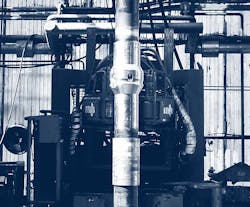Study suggests environmental benefits from downhole jetting, drilling techniques
Offshore staff
SANDNES, Norway – Well services provider Fishbones claims the carbon emissions footprint of its stimulation solutions are lower than from other, conventional completion techniques.
A study conducted by energy services group THREE60 Energy found that CO2 emissions generated by Fishbones jetting operations totalled 6.7 metric tons (7.385 tons) per completion, compared to the 53.3 metric tons (58.75 tons) typically produced by acid-fracturing.
The calculation for Fishbones’ drilling-related CO2 emissions was 35.4 metric tons (39 tons) per completion, against 651 metric tons (717 tons) from other propped-fracturing techniques.
THREE60’s findings also suggested that through the controlled pumping operation, the company’s stimulation techniques were able to connect wells with faults and fractures, bypassing any damaged formations to reach into reservoir sweet spots.
With the jetting operations, the reservoir liner string can be run conventionally before small diameter needles ‘jet out’ simultaneously to penetrate the reservoir. The high-pressure fluid leads to a combination of erosion and acid chemical dissolution.
The drilling operations, which can be completed within a few hours, involve the use of small diameter laterals fitted with turbines powered by fluid circulation, which drill simultaneously to penetrate the reservoir.
09/22/2021
